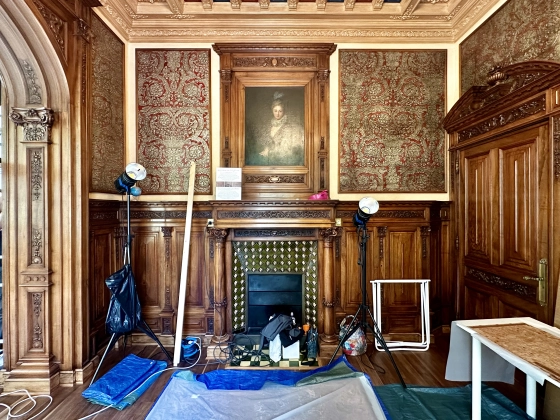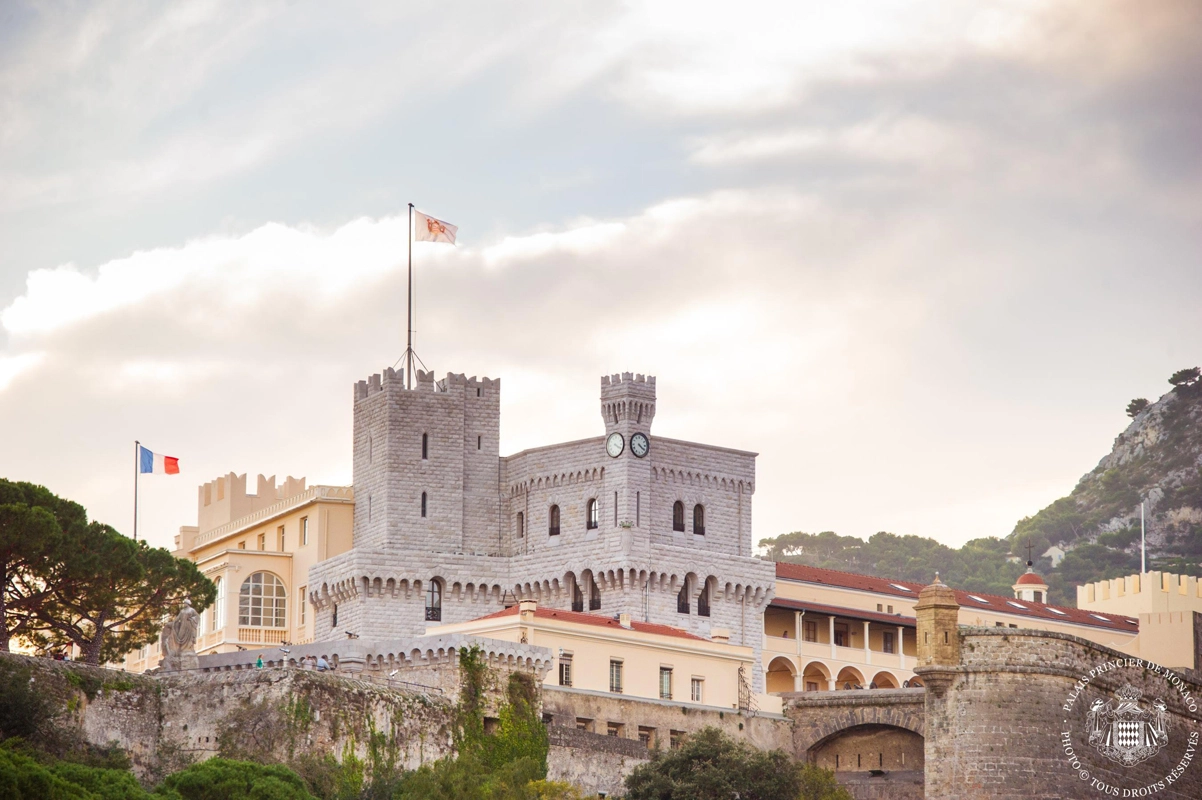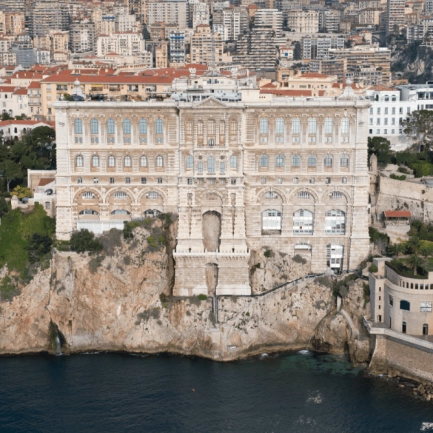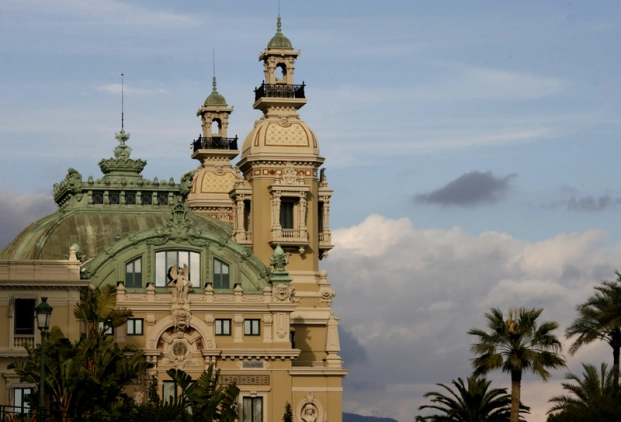

Introduction
Built cultural heritage includes historic buildings, urban complexes and cultural sites which have exceptional world or national value from a historical, artistic or scientific perspective. Natural heritage includes natural environments, resources and habitats, areas, landscapes and views, animal and plant species, and aspects of biological diversity.
Historic buildings
The Principality is home to several iconic buildings which qualify as historic buildings in Monaco’s urban landscape. According to the definition provided by the Centre National de Ressources Textuelles et Lexicales (National Centre for Textual and Lexical Resources), an historic building is "a building which is imposing in size and remarkable in terms of its historical or aesthetic interest or its religious or symbolic value". In Monaco, several buildings fall into this category of “historic building” due to their religious, political or scientific symbolism.
A symbol of power and the constitutional monarchy, the Prince’s Palace is the residence of the Royal Family and bears witness to the changes that the Principality has seen since the thirteenth century. Construction on the Palace began in 1215, although it has been continually extended and modified. Originally medieval in character, it took on the appearance of an Italian palace during the sixteenth century. The Renaissance-style façade with its gallery, balustrades and baroque gate contrasts with the neo-Gothic tower in dressed stone. The Royal Courtyard is enhanced by a pebble and stone slab floor, a horseshoe staircase adorned with Carrara marble and, above all, sixteenth-century frescoes depicting scenes from mythology.
@ Eric MATHON - Palais Princier
The Oceanographic Museum (1899–1910) demonstrates the Principality’s commitment to science and protecting the oceans. Built by the architect Paul Delefortrie, at the behest of Prince Albert I, who was an explorer, sailor and advocate of the sciences, the museum is characterised by its two huge bas-reliefs celebrating the world of science: Truth revealing the forces of the world to Science, and Progress coming to the Aid of Humanity, both by Gustave Dussart. The building’s architecture celebrates the link between the Principality and scientific exploration through depictions of an eagle, an albatross, a walrus head and the bow of a boat, as well as the names of exploration ships (Talisman, Valdivia, Alice, Hirondelle, etc.).
The Cathedral was built between 1875 and 1903 by Charles Lenormand, the architect behind the Basilique Notre-Dame-de-l’Assomption in Nice (1864–1879). Constructed in an Auvergne Roman-Byzantine style that borders on the eclectic, it features elements of ancient architecture, such as a triangular pediment, cornices with modillions and small Byzantine columns. In 1868, the Principality broke away from the Nice Diocese, and a decision was taken to build a cathedral to replace the Church of St. Nicolas, which had been completed in 1321. The Cathedral houses the tombs of Monaco’s princes and princesses, who rest alongside bishops, and it is at the heart of Monegasque religious life, the location where the sacraments of the Royal Family are celebrated.
The Casino and the Société des Bains de Mer are inextricably linked to the Principality’s economic growth. The Casino was built between 1858 and 1863 on Spélugues hill at the initiative of Prince Charles III (1818–1889), who hoped to expand seaside and gambling activities in a bid to boost Monaco’s economy. The architect Jules Dutrou got involved in 1869, proposing a larger casino, then Charles Garnier modified it further, adding the Opera building, officially opened in 1879, and a new gaming room, the Salle des Amériques, officially opened in 1881. The architect Jules Touzet took on the Salles Jumelles, or twin rooms, which were once lobby areas used as hubs of conversation, as well as the façade of the main entrance, while in 1910, Julien Médecin designed a final gaming room adorned with paintings by Armand Segaud.
Remarkable architecture
In addition to the historic buildings familiar to everyone, Monaco has an abundance of buildings whose architecture is anonymous but nonetheless remarkable, such as residential buildings and villas.
The Principality has put in place several measures to protect its architectural heritage. For example, Sovereign Ordinance no. 3.647 of 09 September 1966 concerning urban development, building and road works, stipulates that the Old Town and Vallon Saint-Dévote districts, both part of the reserved sector, are subject to special protection due to their historical character and symbolism within the Monegasque landscape. Renovation, extension or new construction projects must adhere to very precise specifications in order not to spoil these areas.
Monaco has 110 buildings and 41 façades deemed to be of remarkable quality and subject to special protection. These buildings are listed on an inventory, on which their heritage features are detailed. The inventory is kept by the Department of Forward Studies, Urban Planning and Mobility.
The Heritage Council, established in 2017, is consulted on heritage issues, particularly those relating to architectural heritage. It can put forward proposals to improve and better guide the processes of identifying, conserving, protecting and promoting national heritage.
In addition, permits are reviewed by an advisory committee, which carefully considers applications, particularly from an aesthetic perspective and, where appropriate, taking into account the history and heritage of the Principality.
This remarkable architectural heritage encompasses all periods and a variety of styles. Examples include the Villa Sauber, Villa Ribéri and Villa Ispahan from the beginning of the last century, the Rotondes building, constructed in the 1940s, the Palais Héraclès, completed in 1957, and Le Roccabella, an example of 1970s–1980s architecture.
Events

Exhibition - Méditerranée 2050

Expo 2025 Osaka, Kansai, Japan
Online content

Prince's Palace: restorations well under way

The work of Roger Capron unveils its new face
News posts

Design me a garden – Competition to design flower beds – Call for participants
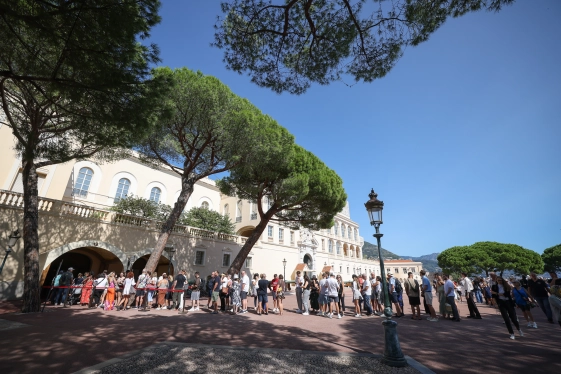
A look back at the European Heritage Days
